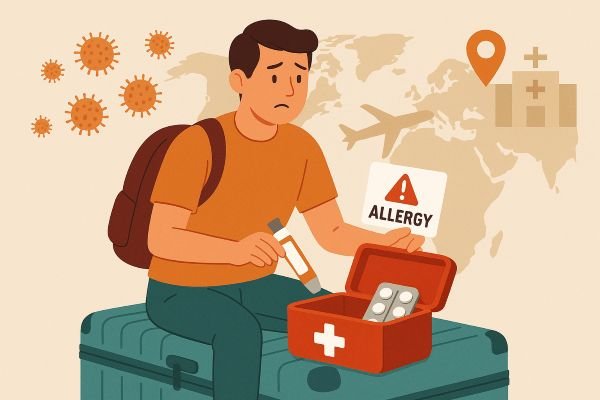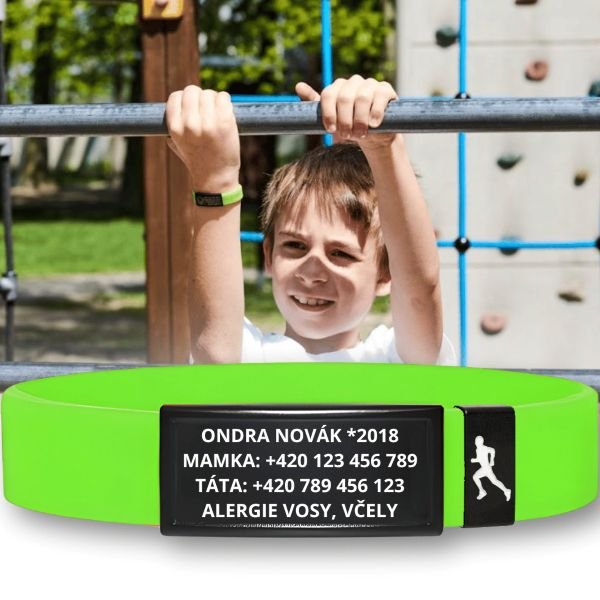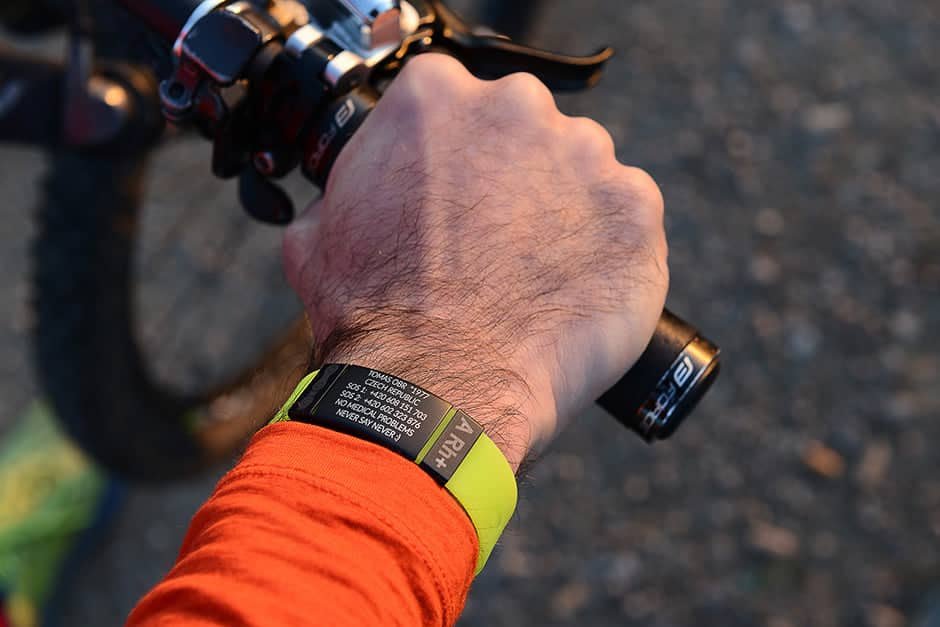
Anaphylactic Shock: How to Recognize It and Save a Life Within Minutes
Anaphylactic shock is a severe, rapidly developing allergic reaction that can become life-threatening within minutes. In this article, you’ll learn how to recognize anaphylaxis, how to provide first aid, and why it’s important to have a BodyID identification bracelet with allergy information at hand.

What is Anaphylactic Shock?
Anaphylaxis is an extreme form of allergic reaction in which the body overreacts to contact with a certain substance (allergen). This can include foods (e.g., nuts, seafood), insect stings, medications, or substances in the environment.
The reaction appears very quickly, often within minutes, and affects multiple body systems — respiratory, circulatory, and skin.
Symptoms of Anaphylactic Shock
It’s crucial to recognize the typical signs of anaphylaxis. The most common include:
- Itching, hives, redness of the skin
- Swelling of lips, tongue, or throat
- Breathing difficulties, wheezing
- Rapid or irregular heartbeat
- Drop in blood pressure, fainting, loss of consciousness
- Nausea, vomiting, diarrhea
These symptoms can worsen quickly. If someone shows at least two of the above reactions after contact with an allergen, act immediately.
First Aid for Anaphylaxis
- Call emergency services (155). If the person is wearing an identification bracelet, provide rescuers with that information.
- Check if the person has an adrenaline auto-injector (e.g., EpiPen) and help them use it.
- Clear the airways – sit or lay the person in a position that makes breathing easier.
- Monitor their condition – if they are not breathing or unresponsive, start CPR.
Remember, every minute counts. Quick action can save a life.
Summary
Anaphylactic shock requires immediate attention. Knowing its symptoms, applying correct first aid, and using preventive measures such as wearing an identification bracelet can play a key role in saving a life.
Ensure peace of mind for yourself and your loved ones – check out our SOS bracelets with allergy alerts and stay safe wherever you are.

BODYID Bracelet
A visibly placed BodyID bracelet can help rescuers identify you quickly. It can inform them of your medical condition, allergies, and other essential details, which may increase your chances of survival in critical cases. It can also help contact your listed emergency contacts.
On your BodyID bracelet, you can include:
Name, surname, year of birth, country, possibly city, phone number of close contacts, allergies, blood type, diagnoses, etc.
Take the time to create one that matches your medical history and stay calm knowing you’re protected in an emergency.
